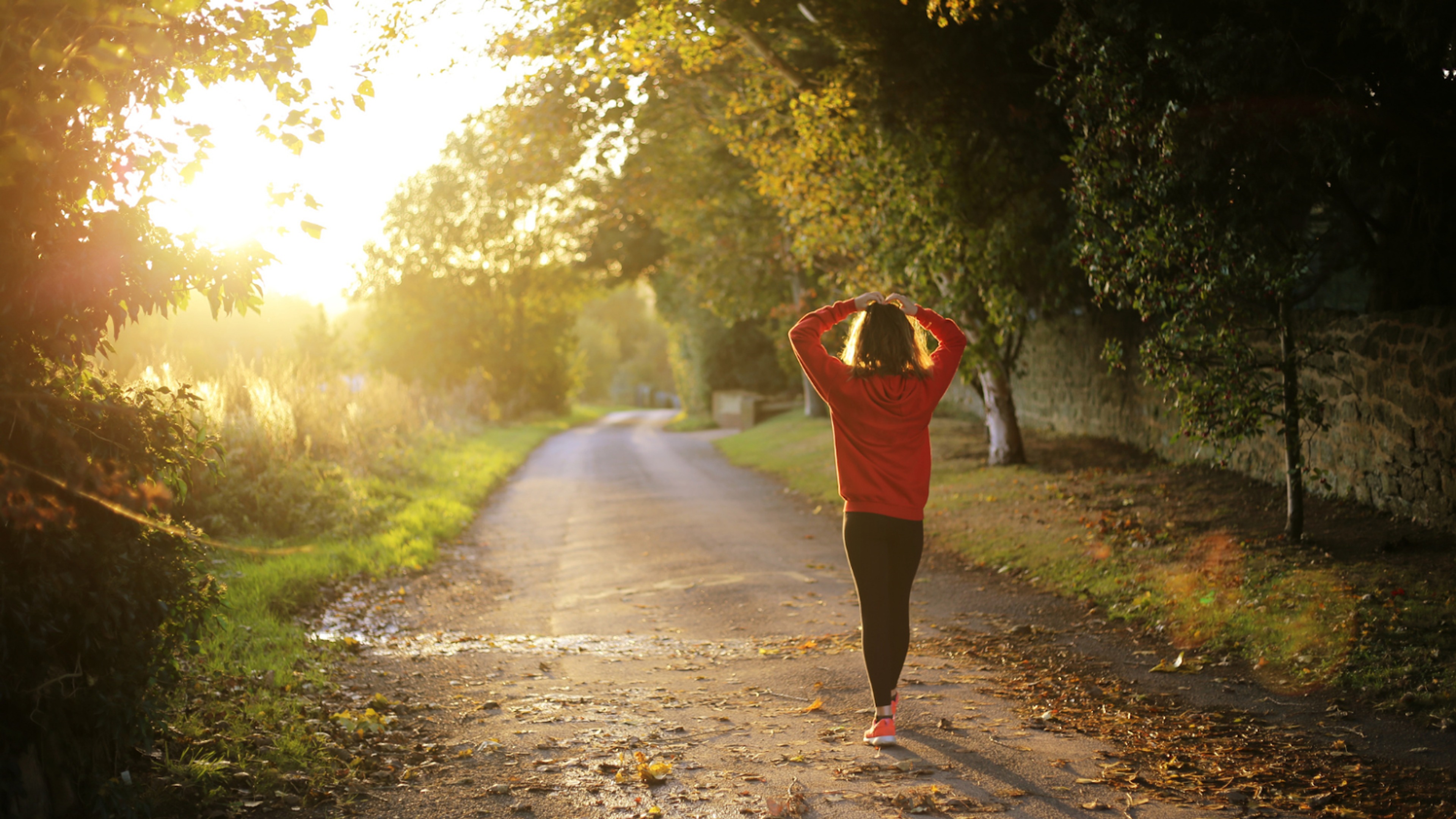The Real Problem: Overcomplicating Fitness
Many people feel that if they’re not drenched in sweat or hitting their heart rate max, they’re not doing “real” exercise. As a result, they either overtrain, burn out, or avoid movement altogether because it feels intimidating.
But physical activity doesn’t have to be painful to be effective. Walking daily can improve nearly every aspect of your health—and it’s doable for almost everyone.
The Science-Backed Benefits of Walking
Let’s talk numbers for a second. According to numerous studies, regular walking can:
-
Reduce the risk of heart disease and stroke
-
Lower blood pressure and improve cholesterol
-
Enhance brain function and reduce cognitive decline
-
Support mental health by reducing anxiety and depression
-
Improve sleep quality
-
Help regulate blood sugar and reduce the risk of type 2 diabetes
-
Boost immune function
And that’s just the tip of the iceberg. You don’t need to powerwalk marathons—just 20 to 30 minutes a day can unlock most of these benefits.
Why Walking Works
So why is something so simple so powerful?
1. It’s Gentle but Effective
Walking is low-impact, which means it’s kind to your joints. It’s suitable for almost all ages and fitness levels. You’re less likely to get injured compared to high-impact workouts like running or CrossFit.
2. It Builds Consistency
Because walking doesn’t require recovery days or fancy planning, it’s easier to build into a daily habit. And when it comes to health, consistency is the real secret weapon.
3. It Multitasks with Your Brain
You can walk while listening to a podcast, talking to a friend, processing your thoughts, or even solving a problem at work. It’s one of the few forms of exercise that also promotes mental clarity while you’re doing it.
4. It Connects You to Nature
Walking outdoors—especially in green spaces—reduces stress, lowers cortisol, and improves mood. Nature has a calming effect on our overstimulated nervous systems. Even a short stroll around the block can help.
How to Get Started (and Actually Stick with It)
If walking sounds too easy to work, that’s exactly why it works. The trick is to integrate it into your life in ways that feel natural and enjoyable.
1. Start with 10 Minutes
Set a small, achievable goal. Ten minutes after lunch. A few laps around the block in the morning. Once it becomes a habit, you’ll naturally want more.
2. Create a Walking Trigger
Tie walking to an existing routine:
-
After breakfast?
-
During phone calls?
-
Right before dinner?
Your brain loves patterns. Attach walking to something you already do, and it’ll become automatic.
3. Make It Enjoyable
Walking doesn't have to be boring:
-
Listen to an audiobook or playlist.
-
Explore new streets or parks.
-
Walk with a friend or pet.
-
Use it as “me time” to disconnect and recharge.
4. Track Progress (If That Motivates You)
While walking doesn’t need to be measured, some people enjoy tracking steps or minutes as a form of encouragement. A simple pedometer or phone app can help reinforce your progress.
5. Mix It Up
Vary your route, pace, or duration to keep things fresh. Some days you might go for a leisurely stroll, others a brisk power walk. Both are valuable.
Walking for Mental Clarity and Emotional Health
Beyond physical benefits, walking does wonders for your headspace. Ever notice how a short walk can change your mood or help you untangle a tough decision? That’s not a coincidence.
Walking helps:
-
Clear mental fog
-
Reduce rumination and overthinking
-
Spark creativity (some of history’s greatest thinkers were avid walkers)
-
Regulate emotions during stressful times
Next time you’re stuck in a loop of anxious thoughts, step outside. Let your body move and your mind breathe.
Addressing Common Excuses
“I don’t have time.”
You don’t need to carve out a full hour. Walking can be spread throughout your day: 10 minutes in the morning, 10 after lunch, 10 in the evening. Done.
“It’s too cold/hot/rainy.”
Indoor walking is valid. Use a treadmill, walk in place during TV, or do laps around your home or office.
“It doesn’t feel like a workout.”
Not every workout needs to be intense. Think of walking as the foundation, not the fallback. It supports mobility, balance, metabolism, and longevity.
Final Thoughts: Small Steps, Big Impact
Walking may not be flashy. It won’t trend on fitness TikTok. But it’s accessible, sustainable, and powerful. It’s the habit that builds momentum in your health journey and makes everything else easier—better sleep, clearer thinking, more energy.
Here’s your takeaway:
Don’t underestimate the power of daily walking. Start small, stay consistent, and let this quiet habit transform your health from the ground up—one step at a time.
So lace up your shoes, open the door, and just walk. Your body and mind will thank you.









